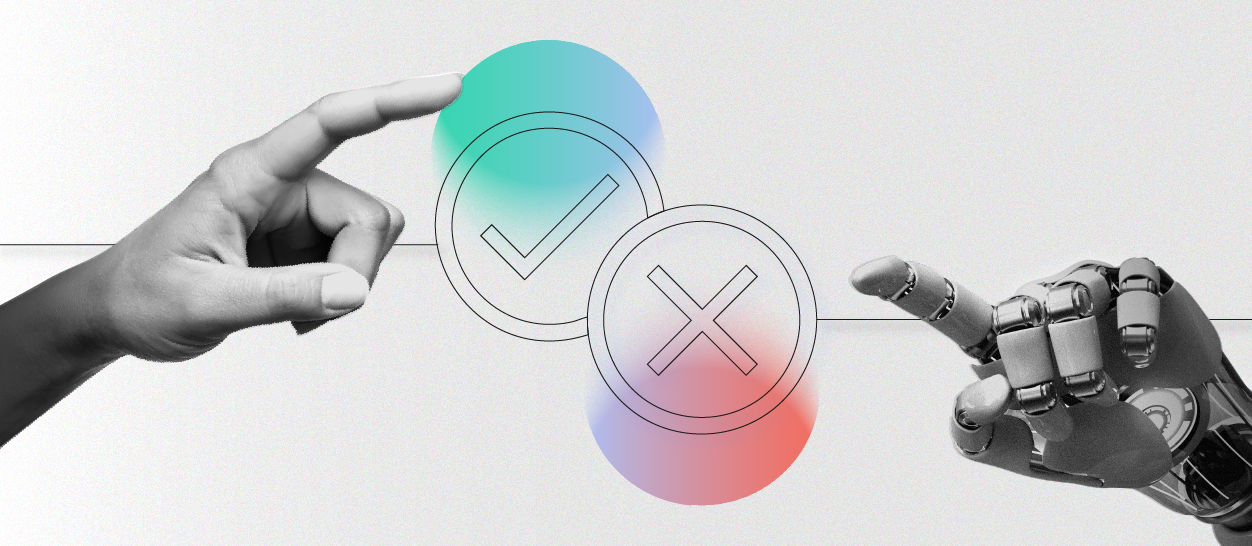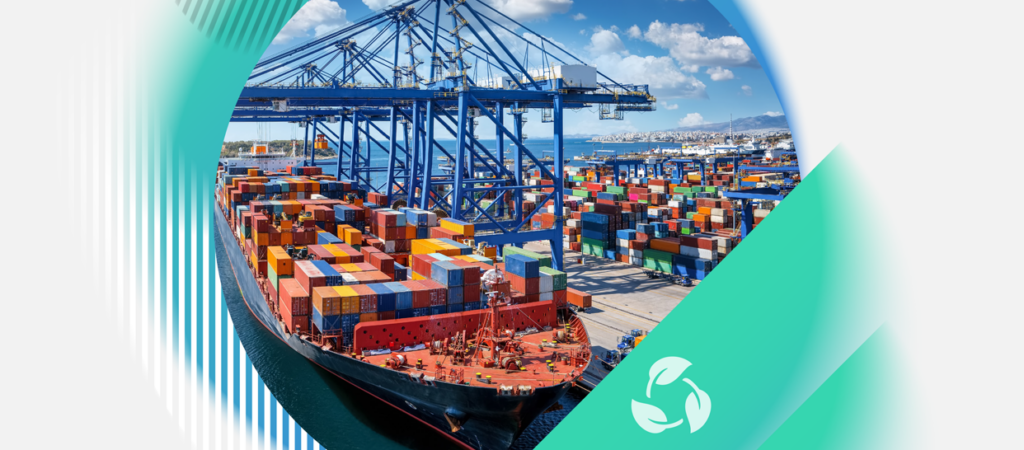Top 6 AI Myths: Separating Fact from Fiction
Debunking false impressions about Artificial Intelligence and exposing its potential in container terminal operations

By the Marketing Team at Avlino
As artificial intelligence (AI) continues to evolve, its promise and potential to transform industries, including container terminal operations, have become more apparent. The ability to leverage big data, optimize processes, and predict operational needs could dramatically increase efficiency and safety in terminals worldwide. However, widespread myths about AI’s capabilities and impact, cloud public perception, hindering its adoption and integration.
This article aims to debunk the most common misconceptions about AI, providing evidence-based insights to separate fact from fiction in the context of intelligent technology.
Myth 1: AI Can Surpass Human Intelligence Imminently (“Superintelligence”)
Misconception: Popular culture and speculative media often contribute to AI misconceptions portraying it as on the brink of developing a superintelligence that surpasses human intellect, posing existential threats to humanity.
Reality: Current AI technologies, while advanced, are not close to achieving or surpassing human-like intelligence. They are skilled at analyzing data and identifying patterns at a scale and speed unmatchable by humans. However, they are unable to think or be conscious like humans. For container terminals, this means AI can optimize operations and improve efficiency but cannot replace the nuanced decision-making of human managers.
Expert Insight: Leading researchers agree that truly sentient AI remains a concept of the future. They emphasize the importance of focusing on practical and immediate applications, such as improving efficiency and productivity in container terminal operations.
Myth 2: AI Operates Without Bias
Misconception: There’s a common belief that smart systems are entirely objective and free from bias, given their data-driven nature.
Reality: AI systems are only as unbiased as the data they are trained on. Because humans are typically responsible for collecting these datasets, they may unintentionally include human biases. In the context of container terminals, this could mean biased predictions or unfair optimization outcomes if not carefully managed.
Strategies for Mitigation: To combat this, responsible developers focus on developing diverse and inclusive training datasets. They employ advanced algorithms designed to identify and correct bias, ensuring equitable AI applications.
Myth 3: AI Can Fully Replicate Human Emotions and Understanding
Misconception: A widespread myth is that AI can understand and replicate human emotions. This can lead to fears that it could replace human interactions and empathy in customer service or management.
Reality: Current AI technologies can simulate responses to emotional cues but lack genuine emotional understanding or empathy. AI in terminals is primarily used in data analysis and operational optimization to increase productivity, not emotional interaction.
Significance: In the domain of container terminals, emotional AI isn’t relevant. However, the misconception underscores the importance of remembering its role as a tool to aid human workers, not replace the human touch in management or decision-making processes.
Myth 4: AI Will Lead to Massive Job Displacement
Misconception: The belief that AI will automate jobs to the extent of causing widespread unemployment is among the top concerns in industries across the board, including container terminals.
Reality: While artificial intelligence automates repetitive tasks, it also creates opportunities for new job roles and enhances human capabilities. This leads to job evolution rather than displacement. In container terminals, for instance, it enables employees to shift from manual data entry to more analytical and strategic roles, overseeing AI operations and decision-making processes.
Real-World Example: AI-driven systems like AICON Solutions Suite illustrate how smart technologies don’t replace jobs but rather augment the human workforce by reducing manual processes and increasing operational accuracy in container terminals.
Myth 5: AI’s Decision-Making Is Always Transparent and Explainable
Misconception: There’s an assumption that AI systems always operate in a manner that is completely transparent and understandable to humans, allowing easy tracing of how decisions are made.
Reality: Many advanced AI systems, especially those utilizing deep learning, can be difficult to understand because they are not completely transparent. This lack of transparency leads to what is known as the “black box” issue. This can be challenging, particularly in container terminals where operational decisions need to be justified and understood by teams.
Overcoming the Challenge: Efforts are underway to improve AI’s explainability, including research into explainable AI (XAI). Solutions like AICON are designed with this in mind, ensuring that AI-driven decisions for container terminal operations are accompanied by insights that clarify the rationale behind them.
Myth 6: Only Tech Giants Can Develop and Benefit from AI
Misconception: Many believe that only large technology companies have the resources and expertise to develop and deploy AI solutions.
Reality: Intelligent technology is increasingly accessible, and its benefits are not confined to tech giants. Small and medium-sized enterprises can and do leverage AI for various applications.
Applications in Container Terminals: AI’s potential to optimize operations, enhance safety, reduce carbon emissions, and improve efficiency is as relevant for smaller regional terminals as it is for global hubs. Tailored AI-driven applications can support maritime logistics in maximizing throughput, managing resources, and reducing operational inefficiencies.
As we separate myth from reality, the future of AI in container terminals emerges not as a tale of displacement or impersonal automation but as a narrative of enhancement, partnership, and innovation. By debunking these common misconceptions, we aim to pave the way for a more informed, optimistic view of AI’s role in container terminal operations.
The integration of artificial intelligence, exemplified by AICON Solutions Suite, promises a new era of efficiency and precision. These technologies offer actionable insights, dynamic decisions, and autonomous workflows, significantly reducing manual tasks and increasing operational accuracy. Far from replacing human workers, AI empowers them to focus on higher-value activities, decision-making, and strategic planning.
As container terminals and their stakeholders continue to navigate the digital transformation, it’s crucial to approach AI with a balanced perspective. Understanding its true capabilities and limitations, terminals can harness this technology to address today’s challenges while preparing for tomorrow’s opportunities.
In conclusion, the future of AI in container terminals is bright, marked by continued innovation, ethical application, and a collaborative approach between technology and human expertise. By embracing AI responsibly and informedly, the container supply chain industry can achieve unprecedented levels of operational excellence and sustainability.
Trending Now
Take A Closer Look
Wondering what this solution looks like in your own container yard? Download the comprehensive case study that breaks down the how and why—and envision groundbreaking progress in your operations for tomorrow.


